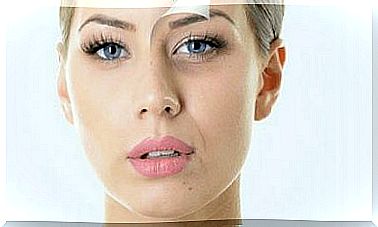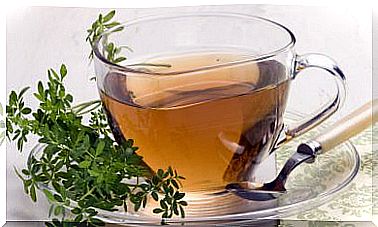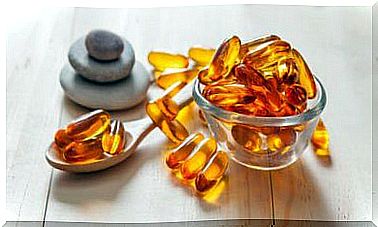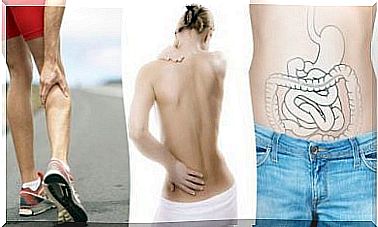How To Remove Limescale Deposits From The Bathroom
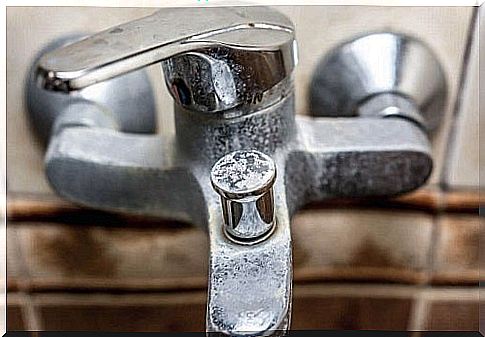
Limestone deposits contain calcium, which stains many objects in the bathroom. If you prefer to avoid commercial products due to allergies or high prices, find out how to remove limescale deposits from the bathroom with simple and natural solutions, based on ingredients you probably already have at home.
Many people want to maintain impeccable cleanliness in the bathroom. This room gets dirty more easily because it comes into constant contact with water and is not as airy as other rooms in the house. Therefore, for people obsessed with cleanliness and hygiene, the bathroom is a daily challenge.
The situation is even more difficult when there are calcium deposits on taps, showers or walls. Here are some simple ways to remove limescale from the bathroom with natural products that you are sure to have around the house.
Why is the limestone deposited?
Tap water contains minerals such as calcium, iron and magnesium. They sprinkle several surfaces in the bathroom. This is how those white or yellow spots that “invade” the bathroom are formed.
Another consequence of limescale deposits is rust that occurs in certain areas of the bathroom. When iron in water comes in contact with air, it oxidizes and leaves stains.
How to remove limescale from the bathroom with natural solutions
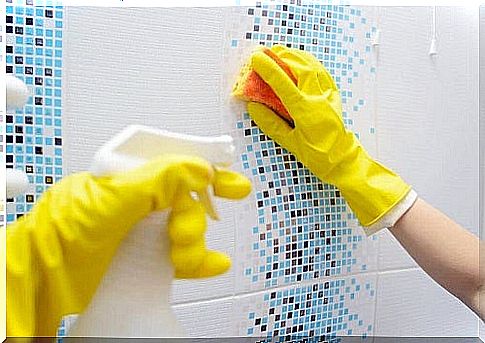
Various limestone removal products are commercially available. However, there are also less corrosive, healthier and cheaper natural solutions. Here’s how to get rid of limescale deposits from your bathroom naturally.
1. Baking soda with vinegar or lemon juice
With these simple ingredients and a sponge, you can clean traces of limescale from the sink almost instantly. All you have to do is follow these steps:
- Moisten a sponge and add baking soda.
- Clean dirty surfaces until all traces of limescale have been removed.
- Rinse the sponge and clean the surfaces again to remove baking soda residue.
- To remove stains from the edges of the faucet, spray vinegar or fresh lemon juice on a paper towel.
- Wrap the stained surface in a paper towel and let the remedy work overnight.
- The next morning, clean the remaining stains with a sponge.
- You can repeat the same procedure for cleaning the tiles.
Baking soda cleans all surfaces without damaging them. In addition, like vinegar and lemon, this product kills bacteria and is non-toxic. However, it is not advisable to use vinegar and lemon on aluminum, as it corrodes it.
2. Clean the toilet with vinegar
The toilet has the highest number of bacteria in the whole bathroom. Therefore, it is important to clean it regularly to prevent their spread and disease.
Want to know how to remove limescale deposits from your toilet bowl? We recommend that you use lemon juice or vinegar. Some people prefer to draw water before applying these products to increase their effectiveness, but this step is not necessary. Apply either liquid and leave it on for a few hours.
If the stains do not clean, rub the surface with a cloth. You may need to reapply the used product and repeat the procedure.
If the above method does not work, use a pumice stone. This will remove stains from the toilet bowl, but you should not use it on the dry surface, as it will damage the porcelain. Rub the toilet patiently and you will get the desired results.
3. Clean the toilet with sour juice
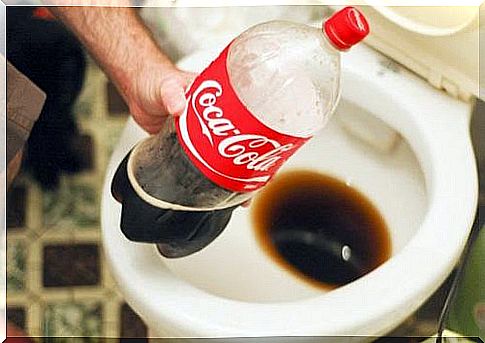
Even if it seems hard to believe, you can also clean the toilet with a dose of sour juice. Follow the instructions below if you want to try this method.
- Pull the water to be as clean as possible.
- Pour the dose of juice into the toilet and leave the liquid to act for half an hour.
- Clean the toilet brush once or twice, drawing water from time to time until it turns completely white.
4. How to remove limescale deposits from mirrors
Water can splash the mirror in the bathroom, leading to the deposition of limescale on this surface as well. Fortunately, the stains formed are easy to clean.
Dilute vinegar in water (one part vinegar to four parts water) and spray the solution on the mirror. Wipe with a cloth and you will see that the stains have disappeared.
Prevention of limescale deposits
There are also methods to prevent limescale deposits from faucets and faience. You can install filters that remove minerals from the water and you can clean the bathroom every day.
Maintaining cleanliness throughout the home is not an easy task, but it is necessary. Use the above solutions to remove traces of limescale from the bathroom and be sure to keep this room clean and dry.
